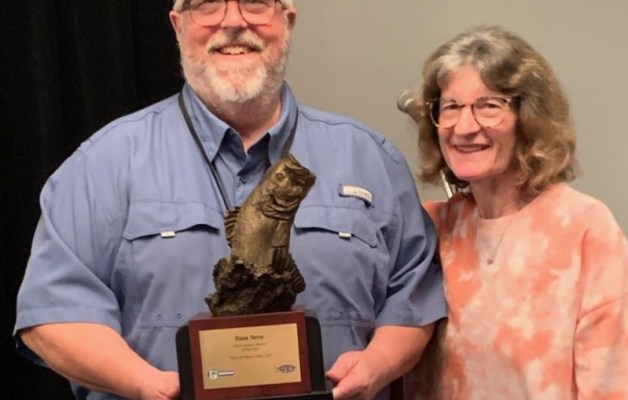
Lonnie Johnson, conservation director of the Oregon B.A.S.S. Nation, wants everyone to know the dangers of stocking fish in non-native waters.
The clever name for this is a “bucket biologist.”
A bucket biologist may be someone who brings his or her preferred species of fish from one lake to another that may be more convenient or closer to home. Or maybe an angler who has leftover baitfish at the end of the fishing day and dumps them in the water. Or even someone who adopts a fish from a pet store, doesn’t want it anymore and drops it off at the local fishing hole.
The Oregon B.A.S.S. Nation, Oregon TBF and and Oregon Black Bass Action Committee teamed up years ago to educate the public about the issue. Johnson wrote a series of articles about illegal introductions for the Oregon Department of Fish and Wildlife’s website.
Here is a link to the final article in the series. What follows is an excerpt:
Invasive fish can be harmful for many reasons, including outcompeting native or stocked fish for food. They can also cause a deterioration in water quality that can limit recreation.
“It’s a two-fold situation, not only do the trout not have anything to eat, but the water quality diminishes to a point where it’s really not even fit for any fish,” said Greg Huchko, district fish biologist for the Umpqua District.
Once these invasive species have taken over, restoring quality fishing to the area can be an extraordinarily costly and time-consuming problem to fix.
A variety of solutions exist, and which to use depends a lot on the conditions within a particular body of water.
In Diamond Lake near Roseburg, for example, the best solution was to use a chemical treatment called rotenone to rid the water of Tui chub in 2006 and reset the fishery, at a cost of $5.5 million.
At Antelope Flat Reservoir in Central Oregon, rotenone treatment in 2009 helped the Oregon Department of Fish and Wildlife successfully turn around a fishery in which stocked rainbow trout were being overtaken by invading brown bullhead catfish.
You can read the entire article here.




